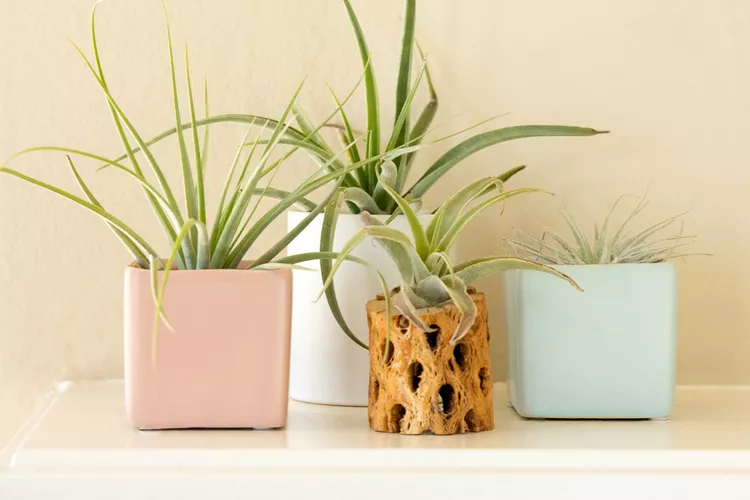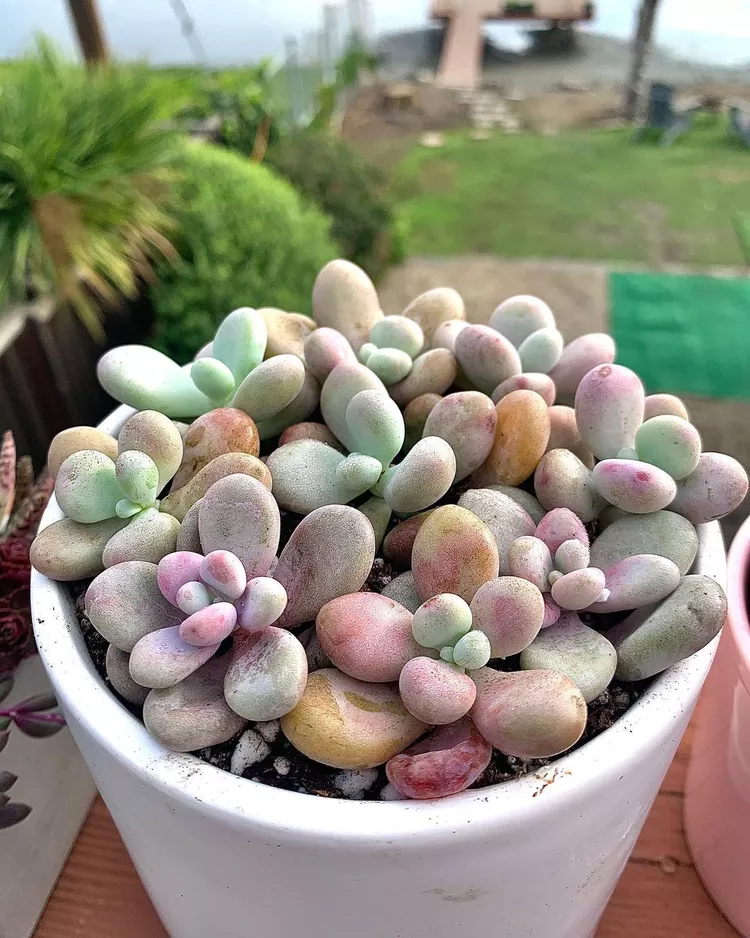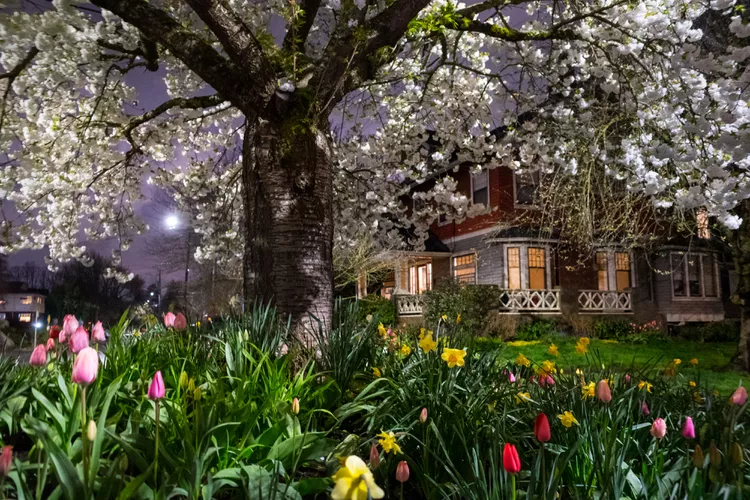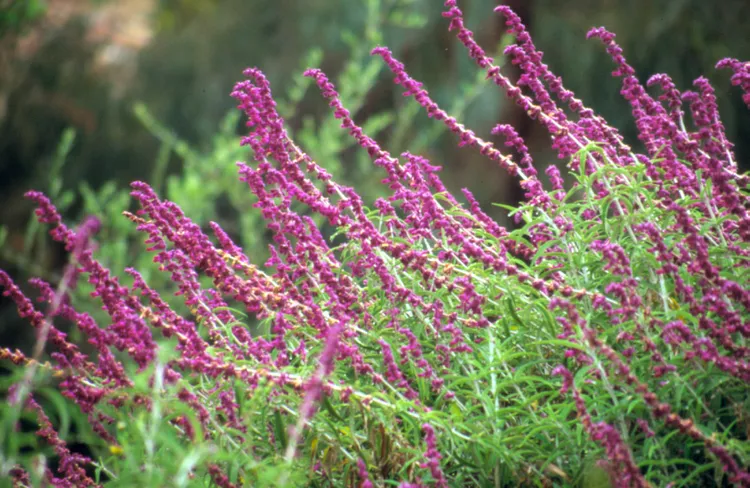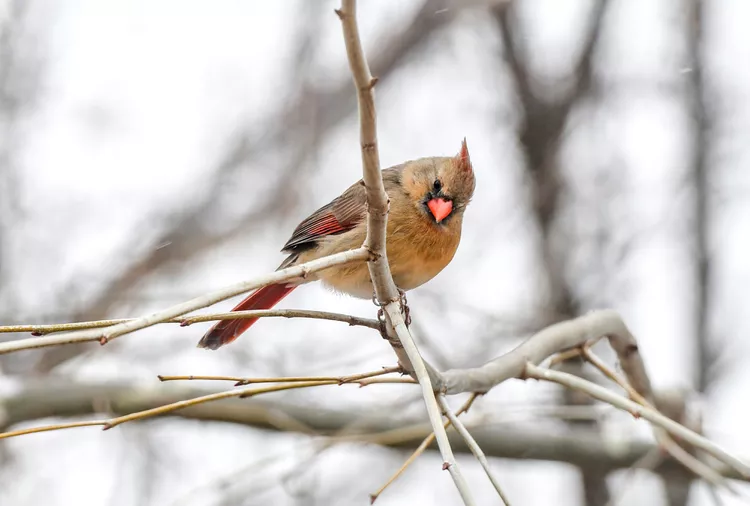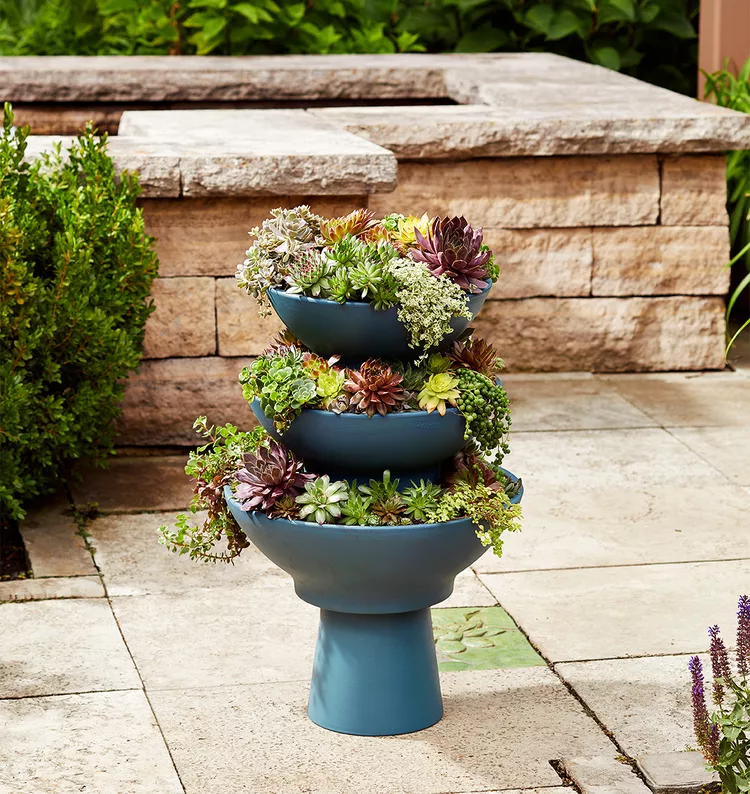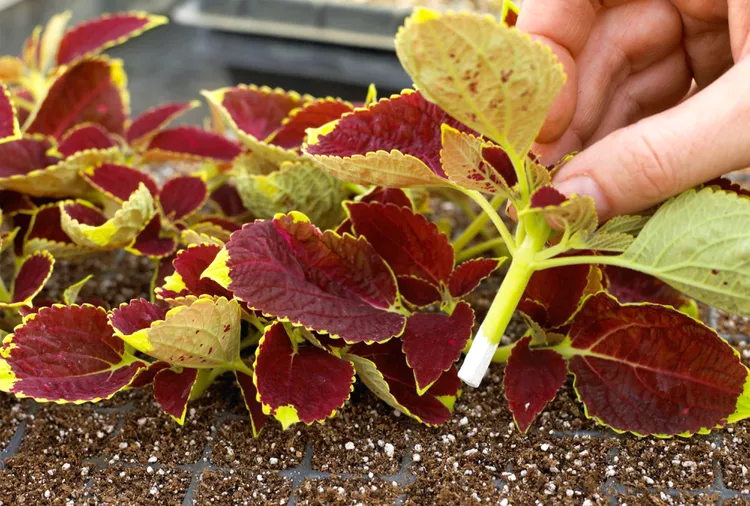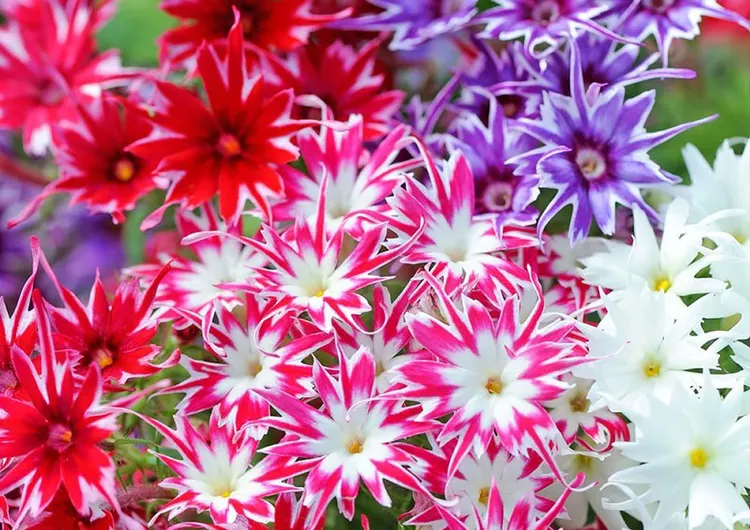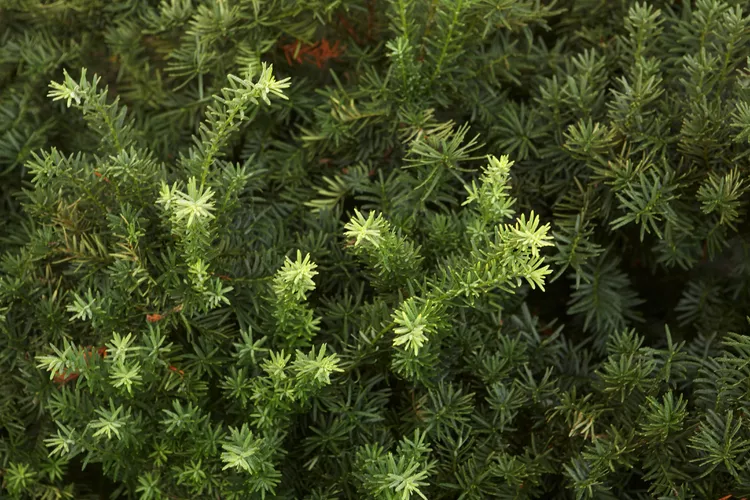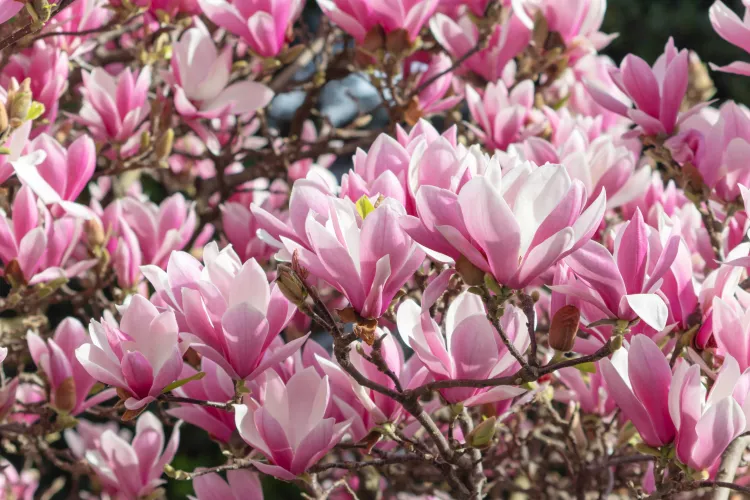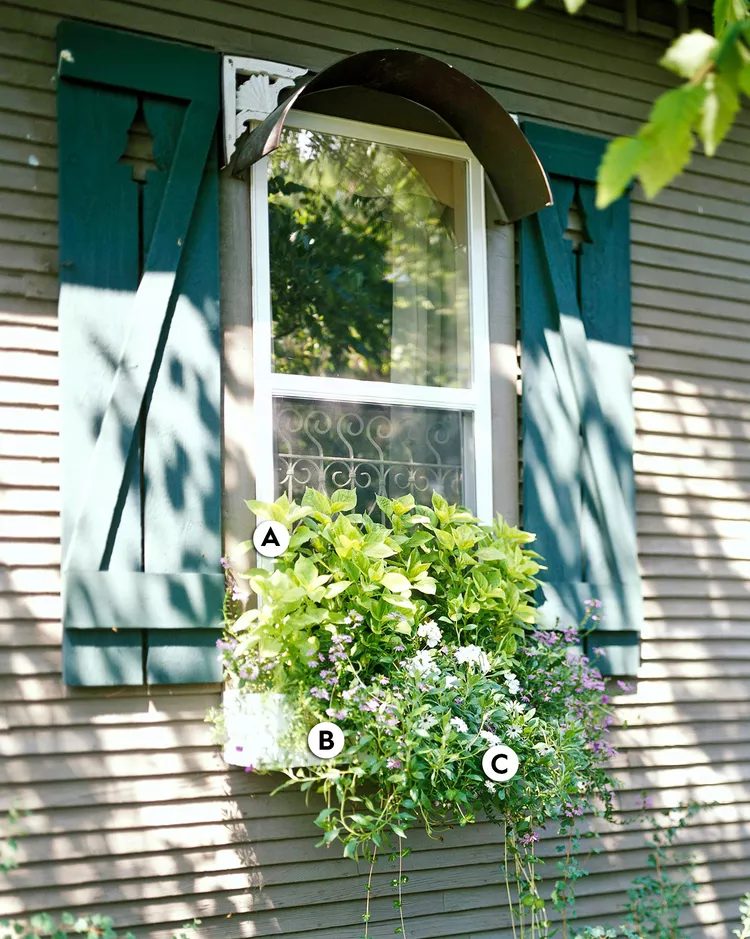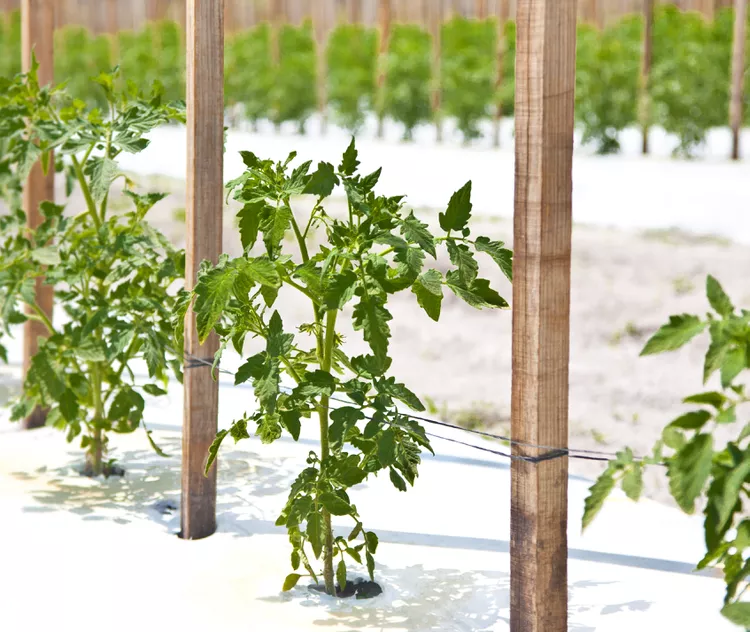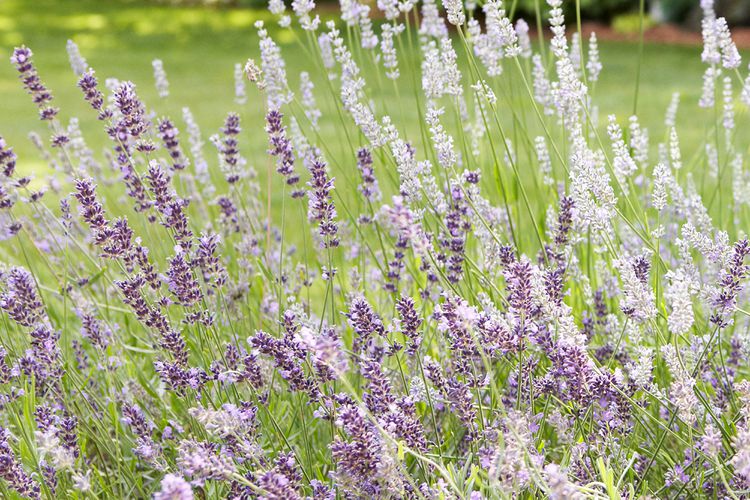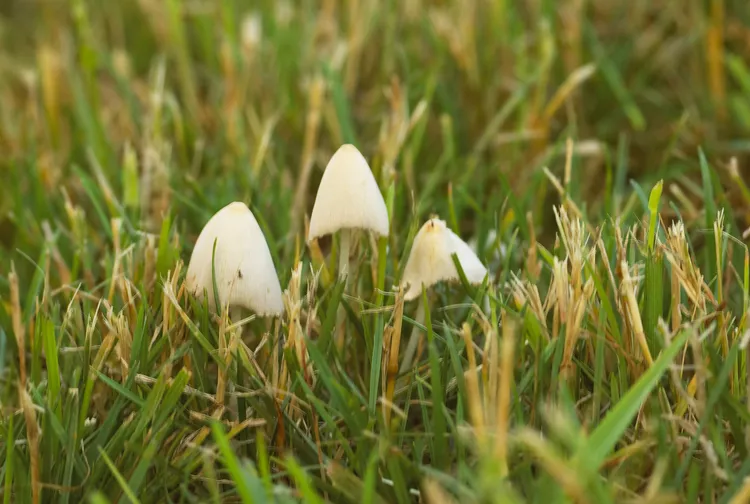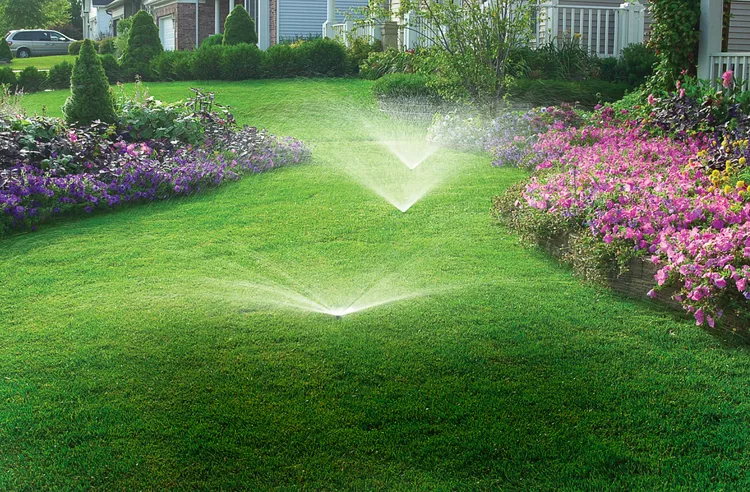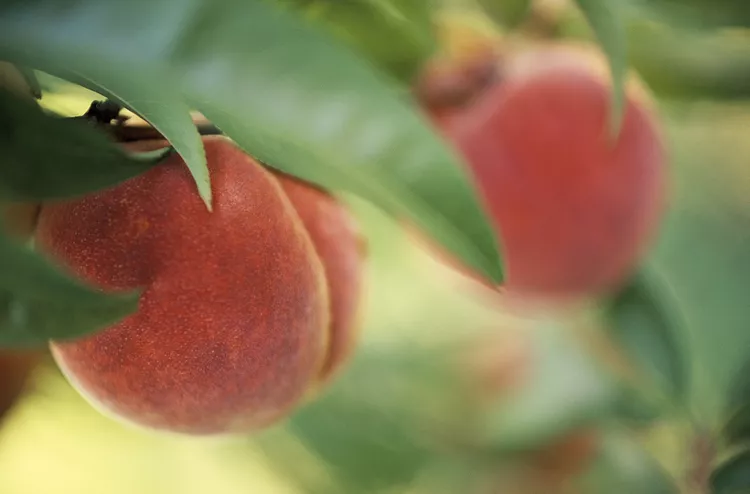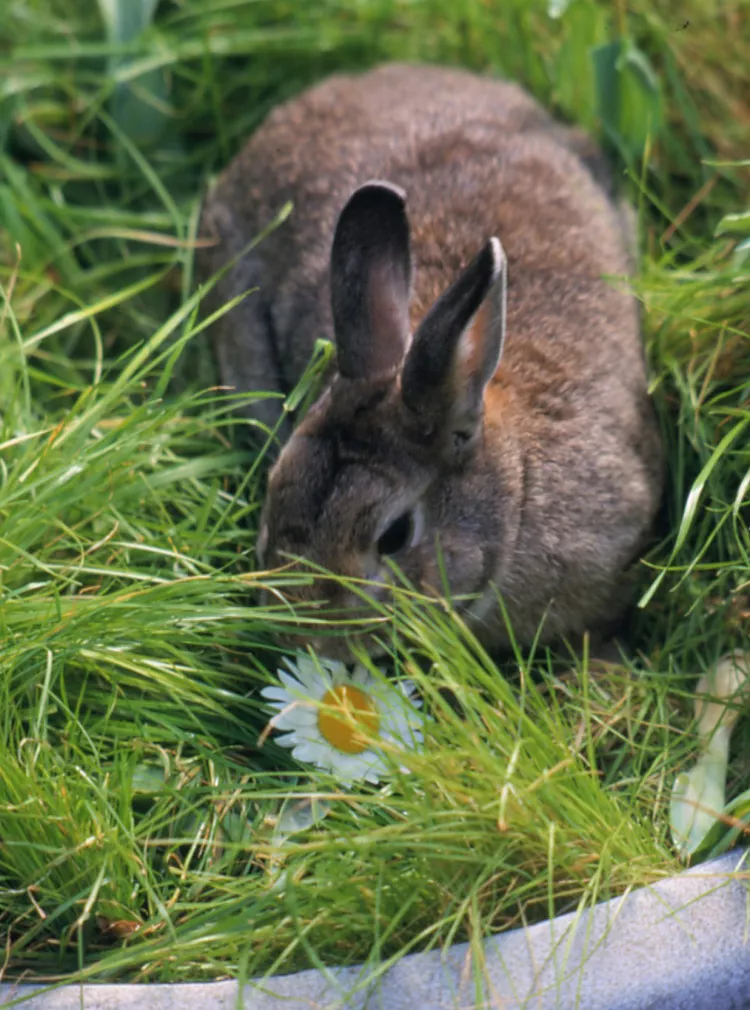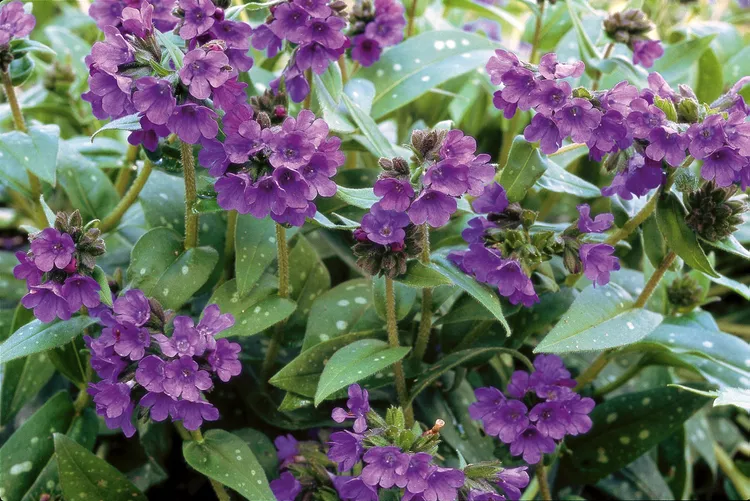Air plants seem almost otherworldly in the way they grow, well, just in air. Yep, no soil at all is required in order to grow air plants. Plus, their leaves look a bit like alien tentacles or the appendages of an exotic sea creature. These fascinating little plants are different to care for than most other houseplants. Use this guide to grow air plants in your home and help them thrive.
Air Plant Overview
| Genus Name | Tillandsia |
| Common Name | Air Plant |
| Plant Type | Houseplant, Perennial |
| Light | Part Sun, Sun |
| Height | 2 to 84 inches |
| Width | 1 to 48 inches |
| Flower Color | Blue, Orange, Pink, Purple, Red, White, Yellow |
| Foliage Color | Blue/Green, Purple/Burgundy |
| Special Features | Good for Containers, Low Maintenance |
| Problem Solvers | Drought Tolerant |
About Air Plants
Air plants (Tillandsia spp.) are epiphytes, meaning they grow on other plants in nature, usually on tree branches. There are hundreds of species and varieties of air plants. They usually have narrow, strap-shaped or lance-like leaves that grow in a rosette pattern with new growth appearing from the center. Those with silver foliage tend to be the most drought-tolerant, while greener types dry out faster. You can also find colorful species, like Tillandsia maxima, that have coral leaves. Most species produce attractive tubular or funnel-shaped flowers, too. As houseplants, most Tillandsia species grow from 2 to 12 inches tall, but in their native tropical locations, they can reach 7 feet.
Air Plant Care
Don’t let the lack of soil scare you away. It's easy to grow air plants and to care for them once you know what they need. You might not have to worry about potting them, but they still need a certain amount of water and light—plus the right temperatures—just like any other houseplant. You’ll know an air plant is getting what it needs when it blooms.
Light
As a general rule, keep air plants out of direct sunlight. Remember, in the wild, many air plant species grow in the sheltered, shady canopy of trees. They do best if you can put them in bright but indirect sunlight. Some species, such as T. cyanea or T. lindenii, can handle dappled shade or less intense morning sunlight.
Water
Air plants don’t have roots like other plants; they only have a few short ones meant to help hold them onto whatever surface they’re on. In their native habitats across the Southern U.S., Mexico, and Central and South America, air plants get what they need from high humidity and plentiful rainfall. In your home, you need to water your air plants about once a week. Some varieties can go two weeks without being watered.
Air plants shouldn’t be allowed to sit in standing water other than during their regular soaking; it encourages rot.
Monitor the air plants to determine when they need a drink or establish a weekly watering schedule. To water them:
- Place the air plants in a sink, bowl, or other container with enough water to submerge the plants.
- Soak the plants for about a half hour.
- Give them a gentle shake or two to remove excess water.
- Turn them upside down on a towel to drain. Don’t skip this step; it prevents rot.
After the houseplants are dry, return them to their designated growing areas.
Mist air plants every day or so between soakings to keep them looking fresh, especially in winter when humidity in homes tends to be lower.
Temperature and Humidity
Air plants love warm weather, so it’s the other end of the thermometer you need to watch. Protect your plants from anything colder than 45°F; they die at those temperatures. If you live in USDA Zone 9 or warmer, you can grow an air plant outdoors all year if you keep it dry during the winter.
Air plants thrive in high humidity. If your home is particularly dry in winter, add a humidifier to the room holding the plants.
Fertilizer
Fertilizer is not necessary for air plants to survive, but an occasional application could help your air plants thrive. Use a liquid fertilizer formulated for air plants and follow the instructions precisely. Formulations include weekly and monthly application strengths. It is important not to overdo it when applying fertilizer, as too much can burn the leaves and kill the plant.
Pests and Problems
Air plants are pest-resistant but occasionally susceptible to mealybugs or scale insects. If this happens, isolate the plant from other air plants and remove the insects by hand using a damp cotton swab. If the weather allows, move the plant outside where birds might handle the pests for you.
Never use neem oil on air plants. The oil creates a barrier on the leaves that prevents the plant from absorbing water.
Most air plant problems stem from improper care. If your air plant feels mushy, has dark spots on the base, or is starting to fall apart, it may be suffering from rot due to sitting in water for hours (instead of the recommended 30 minutes) during the weekly soak. If the leaves and tips are beginning to turn brown and crispy, your plant may be dehydrated. If the plant looks bleached out or white, it could be getting too much sun. If it looks dull, is losing leaves, and doesn’t seem to be growing, it may need more sun exposure.
How to Propagate Air Plants
The best way to propagate an air plant at home is by removing its pups (or offsets).
Air plants bloom only once in their lifetime, but after they do, they don’t die immediately; they continue producing pups, often for several years, and then fade after those pups slowly mature and produce flowers of their own. Separate the pups from the mother plant to expand your air plant collection or allow them to grow and clump where they are.
To detach a pup from the parent plant, wait until it is at least a third the size of the parent. Pinch it off at the point it is attached, which is typically at its base. Grow the fragile pup in bright, indirect light and be extra diligent about its care until it is established.
Growing air plants from the minuscule seeds produced by the flower is challenging and takes four to five years to yield an adult plant—with only limited success—so propagation by seed isn’t recommended.
Displaying Air Plants
Air plants look great all on their own or in groups where you can display several varieties together. They can be placed in terrariums or attached to anything from magnets to driftwood for creating your own interesting displays using a bit of hot glue or translucent fishing line to secure them. Tillandsia species also make fine companions on a branch with orchids because they like the same conditions. You can also find glass or plastic globes made specifically for hanging them. For varieties that have colorful leaves, such as Tillandsia aeranthos ‘Amethyst’, also called the rosy air plant, try using a container that complements or contrasts with their hues.
Because they don’t grow in soil, air plants can be displayed in almost any way you can imagine. Try forming an air plant wreath, hanging mobile, or a beach-themed terrarium that plays off their resemblance to an octopus. Without much effort on your part, these houseplants can add fun, unique greenery to just about any space.
Types of Air Plants
‘Conehead’
Tillandsia ionantha ‘Conehead’ stands 2½ by 3½ inches tall and forms a small clumping rosette of thick leaves that turn reddish-pink as it matures. The flower is violet. It grows well in partial shade.
‘Rubra’
Tillandsia ionantha ‘Rubra’ is a small air plant that grows only 2 inches tall. It has fuzzy foliage that turns bright red to orange in direct sun. It is perfect for display in small terrariums or seashells.
Flower of the Air
Tillandsia aeranthos is an air plant species with a charming common name: flower of the air. This air plant is an excellent choice for beginners and grows 6-9 inches tall. It has dark green foliage and a pink and blue flower that often lasts for weeks.
